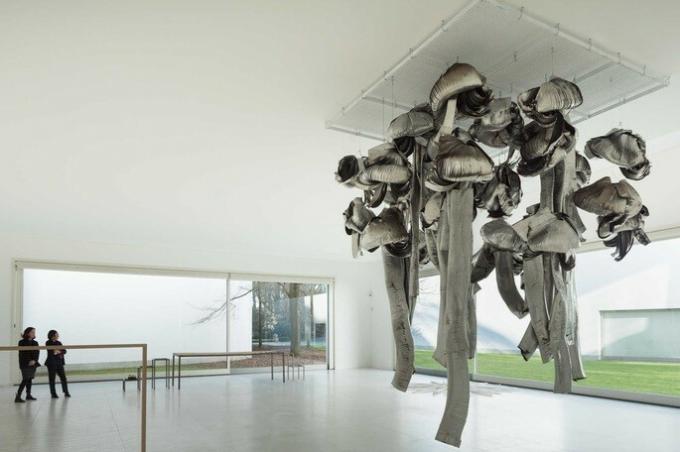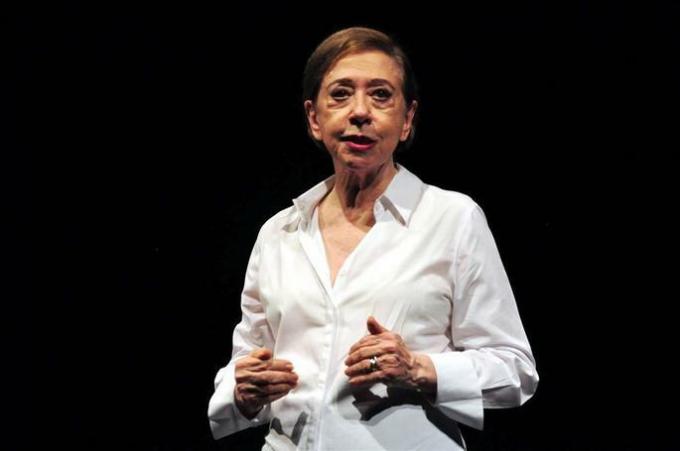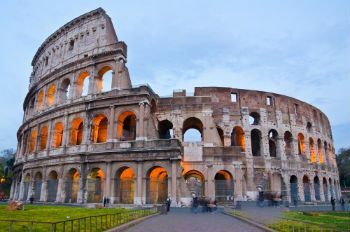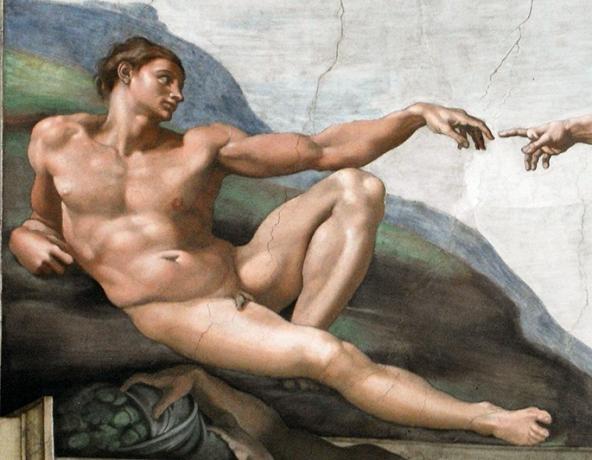THE Arte Povera (in English, "poor art) was an avant-garde artistic movement that emerged in Italy in the 1960s and literally means “poor art”.
The term “arte povera” was coined by the Italian art critic and historian Germano Celant, in 1967, in the catalog of the exhibition “Arte power – Im Spazio”, which took place in Venice.
The povera movement stood out in painting, sculpture, installation and performance. His idea was, in fact, to propose a new aesthetic reflection on the artistic product by “impoverishing art” and bringing out its ephemerality through the use of simple and natural materials.

The Italian cities that developed the most works in this area were: Turin, Milan, Rome, Genoa, Venice, Naples and Bologna. In any case, the ephemeral movement spread across the entire European continent, ending in the 70s.
beside the futurism, Arte Povera was one of the most important Italian artistic currents of the 20th century.
Main characteristics of Arte Povera
- Criticism of consumer society, capitalism and industrial processes;
- Criticism of the commercialization of the artistic object;
- Opposition to modernism, pop art, scientific rationalism and minimalism;
- Anti-formalist art that approaches some European vanguards, such as surrealism and Dadaism;
- Use of simple and natural materials (scrap, paper, vegetable, earth, metal, food, seeds, sand, stone, fabric, etc.);
- Creativity and spontaneity;
- Ephemerality and materiality of art;
- Poor and marginal values;
- Contrast of “new” and “old”;
- Nature and everyday themes.

Main artists and works of Arte Povera
The main representatives of Arte Povera were:
- Giovanni Anselmo (1934): Italian sculptor and one of the main representatives of the movement in Italy, being the author of works such as: Specchio (1968), twist (1968) and Infinite (1971).
- Mario Merz (1925-2003): Italian artist very famous for his “igloos”, with an emphasis on sculpture igloo of Giap (1968) and the stone igloo (1982).
- Marisa Merz (1926-2019): Italian sculptor and wife of the artist Mario Merz, she was also featured with works by arte povera: living sculpture (1966), Untitled (1966) and Fontana (2007).
- Michelangelo Pistoletto (1933): Italian painter and sculptor, considered one of the protagonists of the Povera art movement, with emphasis on works of sculpture, painting, installation and performance: Venus of rags (1967), rag orchestra (1968), small monument (1968).
- Jannis Kounellis (1936): Greek painter, famous for his installations with living elements (plants or animals) of which the daisy with fire, produced in 1967; and the installation carried out in 1969, with twelve horses that roamed freely in the exhibition room of the Attico gallery in Rome.
In addition to them, other Italian artists figured in the context of arte povera, namely:
- Pino Pascalli (1935-1968)
- Alighiero Boetti (1940-1994)
- Luciano Fabro (1936-2007)
- Giulio Paolini (1940)
- Piero Gilardi (1942)
- Emilio Prini (1943-2016)
- Gilberto Zorio (1944)
- Gianni Piacentino (1945)
- Giuseppe Penone (1947)
To find out about other artistic manifestations of the 20th century, read:
- Surrealism
- Dadaism
- Minimalism
- Conceptual art
- pop art
- Performance in Art
Art History Quiz
Learn more about contemporary art:



